The Luminoor from London, the Hop Back from Manchester, the Hourglass from Bristol, all part of a sensational evening of celebration from Meantime.
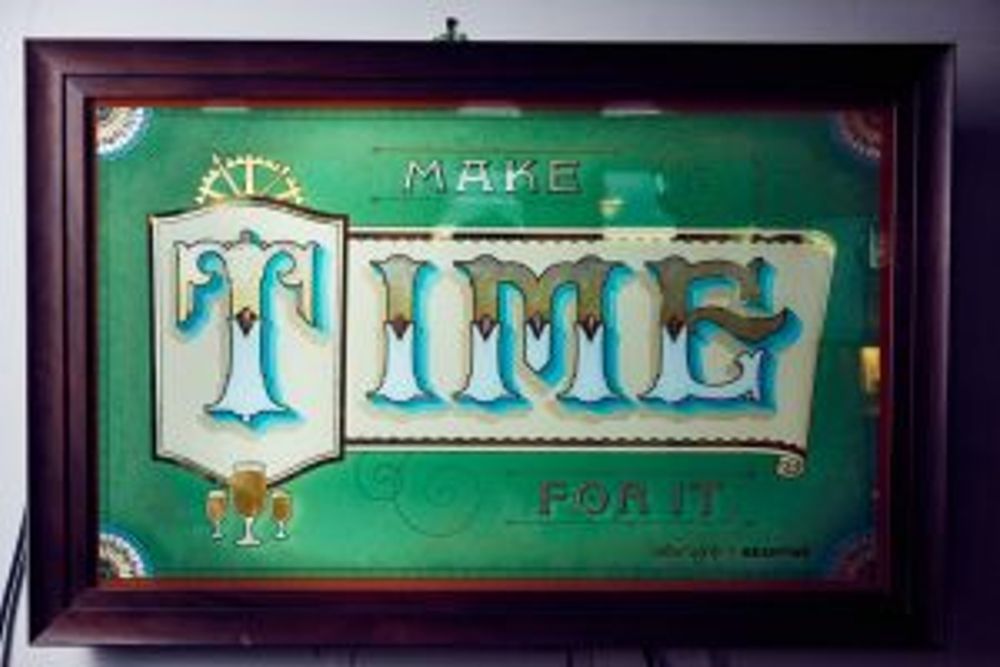
Sustaining traditional recipes with a modern twist seemed to be a core theme of Meantime Brewery’s recent six-week campaign called “Make Time for It”, which ended in mid-October with the opening for just 11 days of one of the smallest ever Pop-Up bars in Greenwich, London.
The other main theme was an appeal to drinkers themselves to give more time to the serious business of beer consumption, although it was more about paying attention during the process.
The one house rule of this minute bar, smaller in perimeter than a snooker table and room only for two cheek by jowl, was that mobile phones be left at the door.
Not that there was much room for texting or fiddling with phones at the bar, or even for holding the glass up to the light, which is a pity for some of these beers are a joy on the eye.
A chance to same each of the six bespoke beers
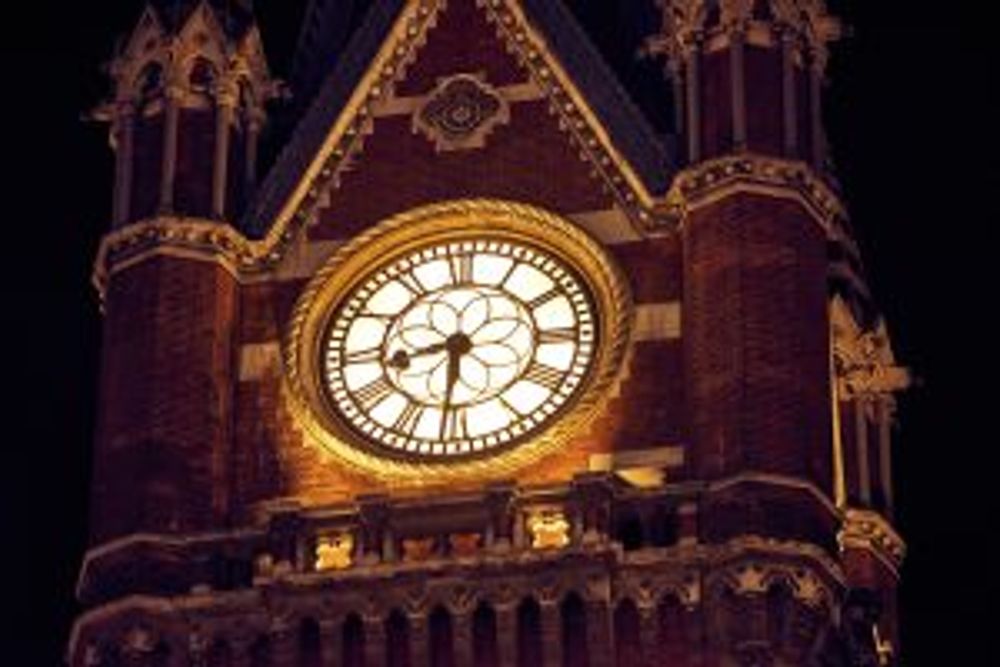
Human density was almost equally high at the press event marking the ending of the immediate six-week exercise in the iconic clock tower bar of London’s St Pancras Renaissance Hotel, although for Meantime it is part of an ongoing campaign to promote the best of craft brewing.
For the “Make Time for It” exercise, six artisan brewers had been chosen to create bespoke beers in six cities, Leeds, London, Brighton, Bristol, Manchester and Glasgow.
Each brewer worked alongside a craftsperson who made a fitting appurtenance, such as a neon light in the case of Time to Time in Leeds, or a creative sign for Luminor from London.
For me, as so often these days, it was partly an exercise on focusing on what was in the glasses rather than all the hullabaloo outside them.
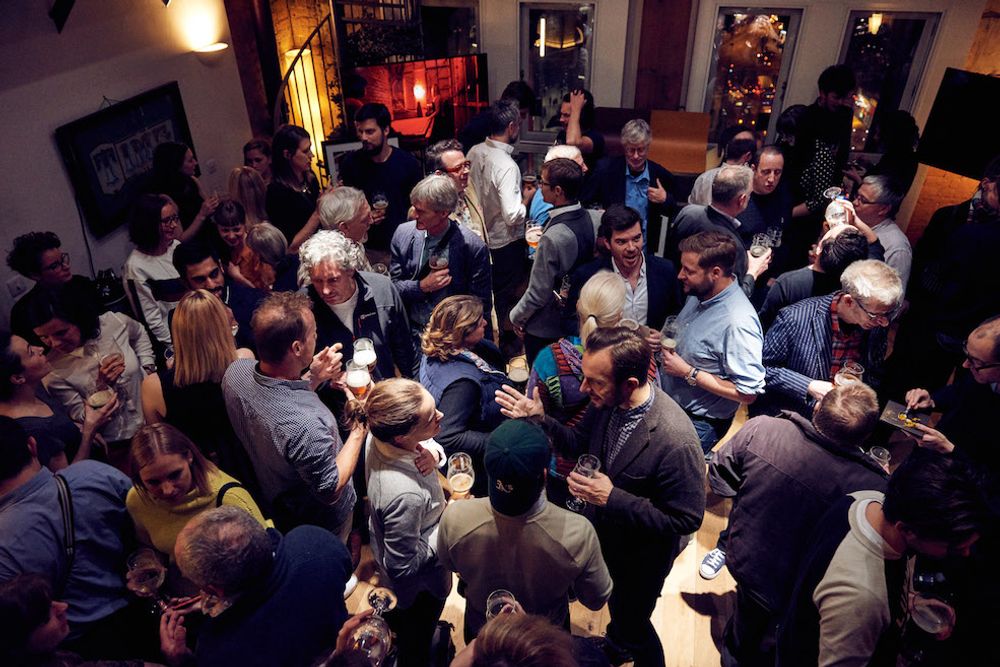
Where’s Philip? Can you spot him?
Of course it was good to chat with some of the many specialist beer buffs and bloggers at the event with a healthy balance of critical assessment and sheer joy at the imbibing. It was clear that opinions differed quite wildly amongst the connoisseurs and so my own conclusions are merely one of numerous alternative takes.
Surprisingly, some of the modern ‘twists’ worked better than traditional
For me the main conclusion was that some of the “modern twists” worked a good deal better than others.
In fact my second favourite was the one I had expected to like least because of my prejudice against adulterating the noble brew with fruit, that being the Tweedster (Brighton), a wheat beer laced with Passion fruit puree, one to send purists of the past into a paroxysm of disdain.
I loved this beer and could have drunk a lot, indeed I did come back for seconds.
I concluded that passion fruit is one of the few that can enhance a beer in moderation, in perfect counterpoint with the wheat’s already fruity banana-like vanilla undertones, well balanced at 4.5%. I doubt passion fruit would have worked so well in a barley beer.
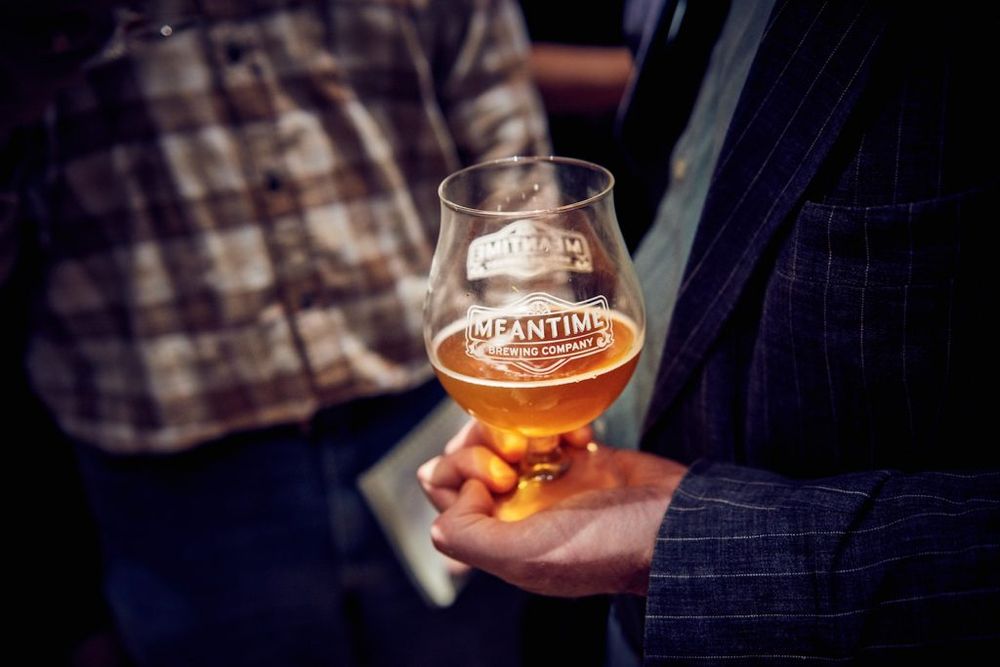
This is actually Philip’s hand, clutching his glass of beer. Note tight clench.
My favourite though was the Maison Hop from Glasgow, reflecting perhaps my penchant for dark beers and also strong ones, this being at 5.9% the most alcoholic of the evening.
It always used to surprise me how poor Scotland’s beers were from the country of whisky, reflecting possibly an association with a rather English obsession, but how things have changed in recent years. This was absolutely delicious with a richness and smokiness conferred by ageing in a cognac barrel.
Sadly, one beer that did not do it for me was the Hourglass from Bristol, billed as a crisp, dry pilsner with fresh pressed apple notes inspired by cider. This was then a beer/cider hybrid in all but name, fermented from a blend of malt and apple juice, which for me yielded a hard flat finish.
You can get an idea at home by mixing a conventional German pilsner with a light dry cider, perhaps 2 to 1 although I am not sure of the proportions.
And lastly the beers from Manchester and London
Among the other beers, the Hop Back from Manchester, described as a classic mild beer with a spiced berry aroma for a modern twist, was unfortunately unavailable. For my money the beer’s 4.8% alcohol is anything but traditional for a mild but for that reason alone I would have loved to try it.
Mild in its later heyday at least was rarely as much as 3.8% alcohol and I recall as a student I could quite comfortably quaff 10 pints of an evening in our university union bar and still pass judgement soundly upon its merits.
Of the others the Luminor from London struck me as exemplifying a spate of hoppy and zesty pale ales to hit the market lately, thoroughly refreshing at 4.5% and a fitting opener for a session.
Finally, I sampled Time to Time from Leeds, based on a traditional northern French ale called A Saison de Nuit, supposedly brewed by farmers’ wives to freshen up their husbands after a hard day in the fields, which explains its modest gravity, particularly by Gallic standards, of 4.0%.
This too was a fruity little number and slipped down extremely well after some of the earlier heavier beers.
The event was most enjoyable and I hope that Meantime do take this show on the road as is possible given that the Pop-Up can fit comfortably in a transit van.
The idea of time as the fifth ingredient of beer in addition to barley (or wheat), hops, water and yeast is appealing and worthy of serious consideration.
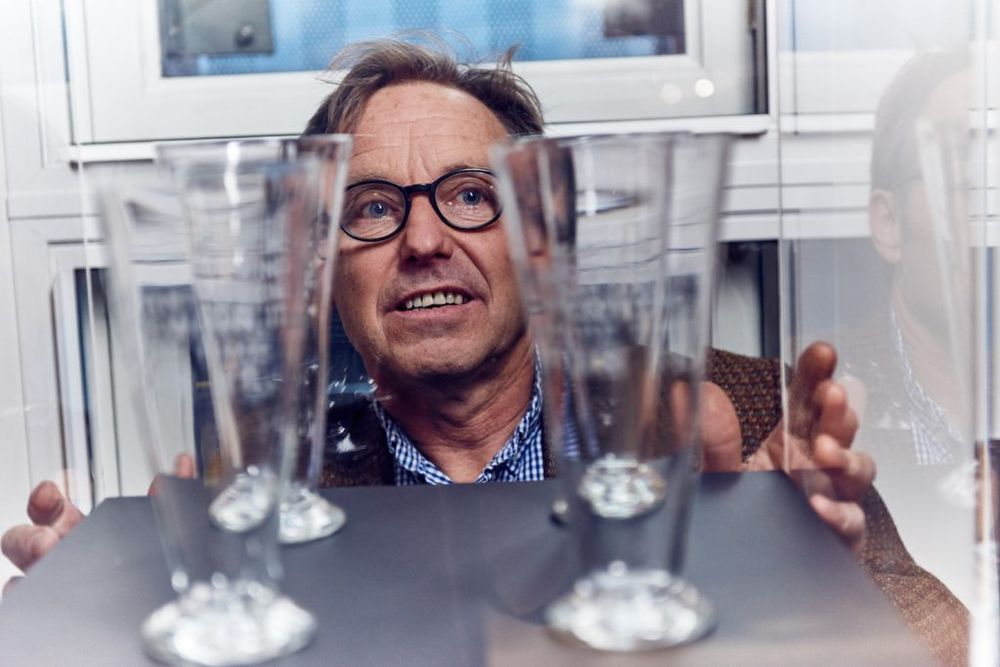
I left my beer round here somewhere. Not sure who this is, but great pic.









































